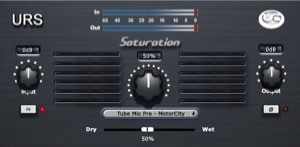Introduction and Setup:
Overview of the violin, its parts, and the way to correctly maintain it.
Explanation of the bow, its parts, and the proper bow maintain.
Introduction to the totally different strings and their names.
Basic Techniques:
Bowing techniques, including bow strokes like the down-bow and up-bow.
Left-hand methods for producing different pitches, such as finger placement on the fingerboard.
Learning to supply a clear and consistent tone.
Reading Sheet Music:
Introduction to primary music notation, including notes, rests, and time signatures.
Learning to learn sheet music particularly for the violin.
Scales and Exercises:
Practice of scales in various keys to develop finger power, dexterity, and intonation.
Technical workouts to enhance bow control and coordination.
Etudes and Pieces:
Introduction to etudes (musical studies) that focus on particular technical challenges.
Learning simple tunes and items to use and reinforce the methods realized.
https://grindanddesign.com/members/chefbanjo99/activity/3087380/ :
Ear coaching exercises to help college students acknowledge pitches and intervals.
Playing simple melodies by ear.
Musical Expression:
Dynamics, articulation, and phrasing to add musical expression to playing.
Interpretation of different kinds of music, from classical to folks or up to date.
Performance Practice:
Guidance on getting ready for performances, including stage presence and managing nerves.
Opportunities to perform in entrance of the trainer or fellow students.
Music Theory (Optional):
Depending on the level and goals of the scholar, some introduction to music principle concepts may be included, similar to key signatures, scales, and harmony.
Advanced Techniques (as progress allows):
Vibrato, a method that provides a fluctuation of pitch for expressive playing.
Double stops, playing two notes simultaneously.
Pizzicato, plucking the strings as a substitute of utilizing the bow.
Repertoire Building:

Expanding the repertoire to include more complicated and difficult pieces.
Exploration of various musical genres and kinds.
Individualized Goals:
Tailoring classes to the student's goals, whether or not they are focused on classical music, up to date styles, or a mix of genres.
https://squareblogs.net/pondbrake06/learning-to-play-the-violin-is-a-rewarding-journey-that-includes-dedication to notice that the progression by way of these matters can vary primarily based on the coed's individual tempo and the teaching fashion of the teacher. Regular apply outside of classes is important for ability growth and progress. Private lessons with a professional violin teacher or participation in group classes can provide a well-rounded approach to learning the violin..
